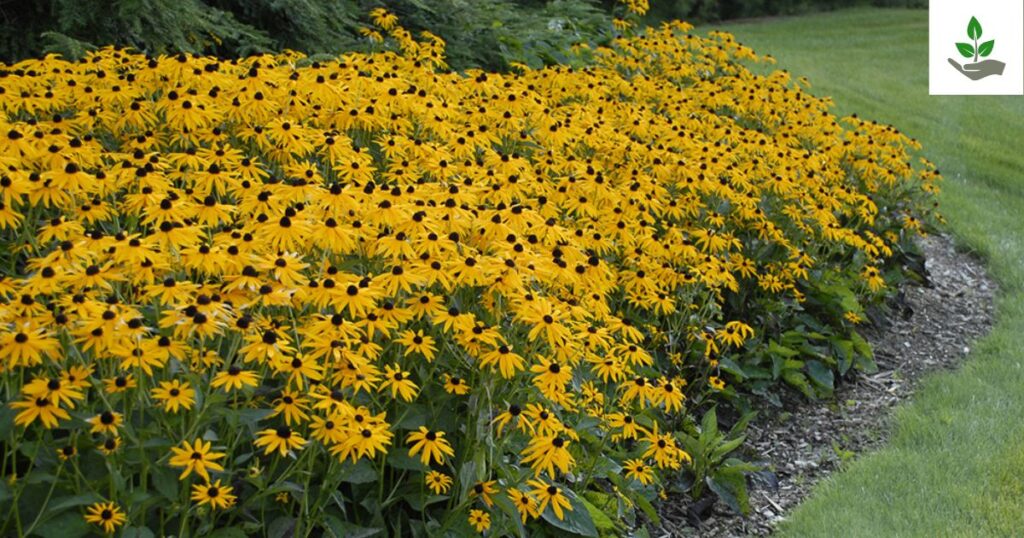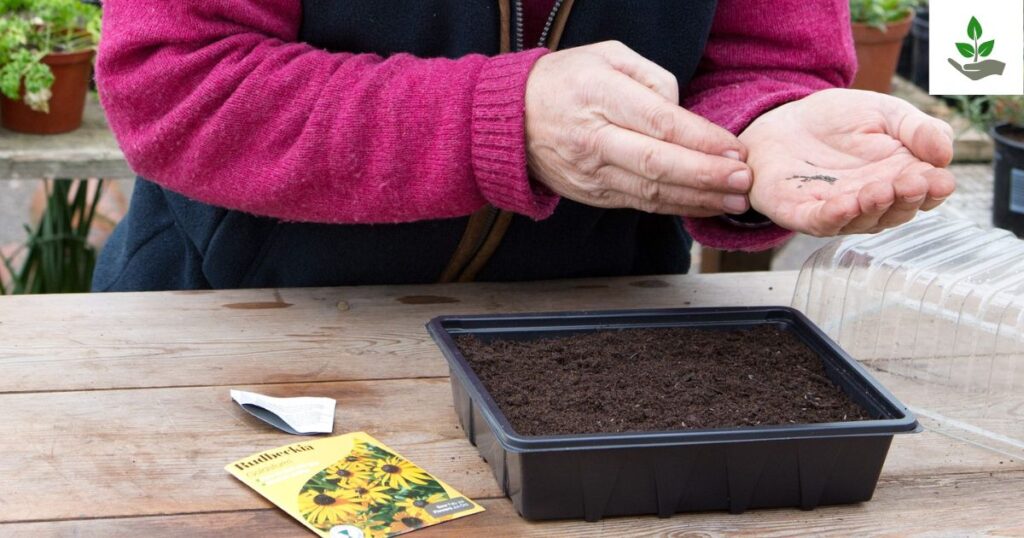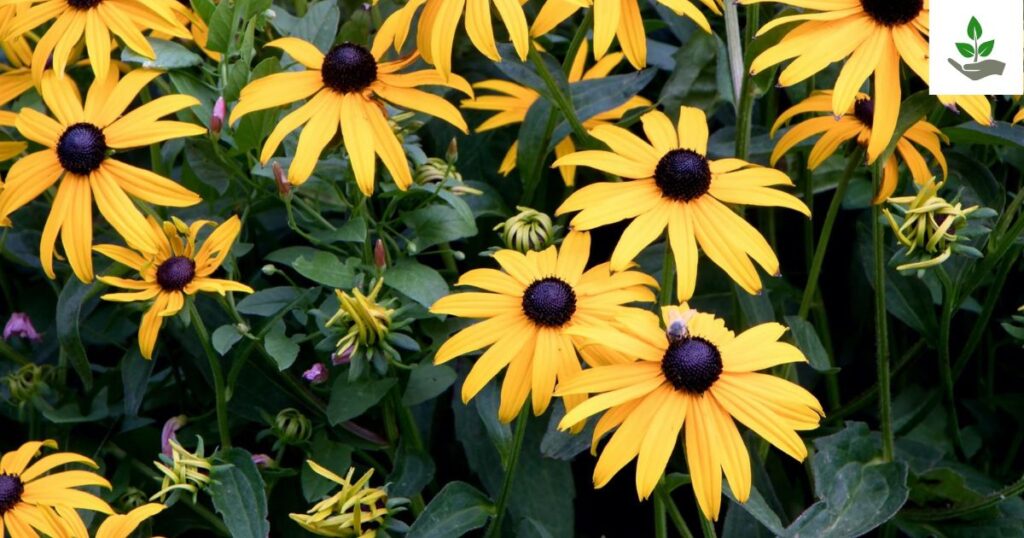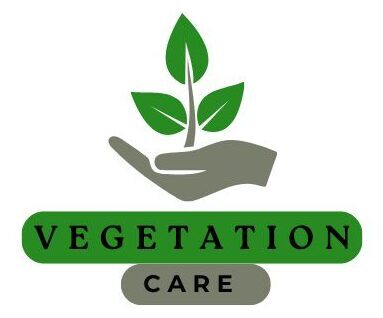Rudbeckia Goldsturm Care, History Planting And Benefits
Resilience is characteristic of the Rudbeckia Goldsturm, a breathtaking perennial that revolutionizes gardens with its golden yellow glory and impressive resilience. The Black Eyed Susan this resilient cultivar is a testament to nature’s capability to marry beauty and strength and provide gardeners with a low maintenance yet breathtaking element for their landscape.
From sun kissed borders to wildflower beds the Rudbeckia Goldsturm Care shines brightly as a haven of hope and color with its promise of many years of sturdy color and eco friendly benefits.
What is Rudbeckia Goldsturm?
It is also known as Black Eyed Susan or Coneflower is a stunning perennial cultivar belonging to the family Asteraceae. This great cultivar bears enormous, golden yellow blooms with dark brown center cones and they flower from mid summer to early fall. Starting out as an upright and robust cultivar Rudbeckia Goldsturm typically reaches 18-24 inches tall with dense mounded clumps that stage a show in the garden.

Native to North America the plant is prized for its resistance to drought, long flowering time and the ability to attract pollinators like bees and butterflies so gardeners who want low care wildlife friendly landscape plants are bringing it on board as a choice.
Rudbeckia Goldsturm History
The Rudbeckia Goldsturm is a cultivar with a fascinating horticultural history developed in Germany during the mid 20th century. It was specifically bred by Karl Foerster a renowned German plantsman and garden designer who was instrumental in shaping modern perennial gardening. The name Goldsturm translates to Gold Storm in English aptly describing the plant’s abundant golden yellow blooms.
This cultivar was selected and refined for its compact growth habit, prolific flowering and superior garden performance compared to wild Rudbeckia species. Introduced to the wider gardening world in the 1960s Rudbeckia Goldsturm quickly gained popularity for its reliability, low maintenance and ability to thrive in various garden conditions, becoming a staple in perennial borders, meadow gardens and naturalistic landscape designs across North America and Europe.
Rudbeckia Goldsturm Seeds
Its seeds are the gardener’s treasure giving a simple method of propagation and plant growth. Typically ready for collection in late summer to early autumn these seeds develop from the plant’s distinctive dark brown central cones after the flowers have faded. While the seeds can be collected directly from mature plants they can be challenging to germinate compared to division or nursery grown plants. Seeds require specific conditions for propagation to succeed like a cold stratification period simulating winter.

Seeds may be sown indoors 6-8 weeks before the last frost using a seed starting mix and maintaining the soil temperature around 70°F (21°C). When sown directly in the garden seeds must be covered lightly and maintained constantly moist. Whereas Rudbeckia Goldsturm can self seed under perfect conditions most gardeners prefer to purchase established specimens or divide mature clumps to ensure propagation.
Rudbeckia Goldsturm Planting and Benefits
It provides gardeners with numerous advantages and relatively uncomplicated cultivation needs. Ideally, these perennials should be planted in early spring or autumn in full sun to partial shade enjoying well-draining soil with moderate fertility. Planting is done by choosing an area of a minimum of 6-8 hours of direct sunlight and planting the plants 18-24 inches apart for proper air circulation and growing space. In addition to their beautiful looks it also carries important ecological advantages.
They are superb pollinator attractors drawing bees, butterflies and beneficial insects to the garden. They are tough plants drought resistant when established, deer resistant and low maintenance making them ideal for ecologically friendly landscaping. Besides They also produce. Longer blooming periods mid summer to early fall. Convenient. Late season wildlife nectar and can be integrated in. Cut flower arrangements with both aesthetic and ecological value in garden settings.
Guide About Rudbeckia Goldsturm Care
Maintenance of Rudbeckia Goldsturm is very straightforward rendering it an ideal choice for both beginners and experts. These drought resistant perennials require full sun to partial shade and well draining grounds and thrive in average to rich moderately conditions. Consistent water is required although moderate with plants requiring about an inch of water per week and achieving drought resistance upon maturity.

Fertilization is minimal. A light top dressing with slow release balanced fertilizer in early spring is typically sufficient. Pruning includes deadheading spent flowers to encourage additional flowering, and cutting stems back to the ground in late fall or early spring. These are relatively disease-free although occasional powdery mildew issues can be prevented by ensuring good air circulation and not watering overhead.
Division is every 3-4 years to maintain plant health with early spring or autumn as ideal times to divide established clumps. Maintenance during winter is minimal with the plants naturally dying back and providing winter interest by way of seed heads, being also a bird food source.
Rudbeckia Goldsturm Benefits and Uses
- Pollinator Support: Attracts a wide variety of beneficial insects including bees, butterflies and other native pollinators serving as a critical food source during late summer and early fall.
- Wildlife Habitat: Provides essential nectar and seed resources for birds and beneficial insects supporting local ecosystem biodiversity and creating a wildlife-friendly garden environment.
- Soil Conservation: Helps prevent soil erosion with its robust root system making it an excellent choice for slopes, natural landscaping and areas with challenging terrain.

- Cut Flower Arrangements: Provides long lasting vibrant blooms ideal for indoor floral displays bringing summer’s golden hues into home decor.
- Drought Resistance: Thrives in challenging growing conditions requiring minimal water once established.
- Extended Blooming Period: Offers prolonged flowering from mid summer to early fall providing consistent color and interest in the garden.
- Native Plant Restoration: Supports local ecosystems by providing a native plant option that is both beautiful and ecologically beneficial.
- Sustainable Gardening: Requires minimal fertilization pesticides and maintenance aligning with environmentally conscious gardening practices.
Rudbeckia Goldsturm Tip And Fun Facts
- Plant in early spring or early fall for best establishment.
- Choose a location with full sun to light shade.
- Ensure well draining soil with moderate fertility.
- Deadhead spent blooms to encourage continuous flowering.
- Leave some seed heads in winter to feed birds and provide garden interest.
- Divide plants every 3-4 years to maintain vigor and prevent overcrowding.
- Ensure good air circulation to prevent powdery mildew.
- Avoid overhead watering.
- Remove any diseased or damaged foliage promptly.
- Developed by renowned German plantsman Karl Foerster in the mid 20th century.
- The name Goldsturm translates to Gold Storm in English.
- Part of the native North American Black Eyed Susan family.
- Belongs to the Asteraceae family, one of the largest plant families.
- Named after Olof Rudbeck a Swedish botanist from the 17th century.
- The dark center of the flower is actually made up of numerous tiny flowers.
- Can attract up to 10 different species of native pollinators in a single garden.
- Roots can extend up to 2 feet deep making them excellent for soil stabilization.
- Naturally deer resistant due to their slightly fuzzy leaves.
Read More Post: Blue Lobelia Care, History, Planting And Benefits
Conclusion
We consider the Rudbeckia Goldsturm Care outstanding characteristics and it is apparent that this perennial is not just a plant. It is a garden friend that exudes toughness, elegance, and simplicity.
By knowing its simple care needs and valuing its natural strengths, gardeners can grow a healthy display that not only adds beauty but also contributes to local ecosystems. Whether you are an experienced horticulturist or a beginner gardener the Rudbeckia Goldsturm provides a chance to establish a lively low maintenance landscape that honors the indomitable spirit of nature.
FAQs
What Are The Ideal Growing Conditions For Rudbeckia Goldsturm?
Rudbeckia Goldsturm thrives in full sun 6+ hours daily but tolerates partial shade. It prefers well draining soil and can adapt to various soil types including clay loam and sandy soils.
Does Rudbeckia Goldsturm Need Fertilizer?
It’s a low maintenance plant but benefits from a light application of balanced fertilizer in early spring. Too much fertilizer can lead to leggy growth.
How Do I Divide Rudbeckia Goldsturm?
Divide clumps every 3 4 years in early spring or fall to maintain vigor. Dig up the plant, split the root ball, and replant divisions.
Does Rudbeckia Goldsturm Attract Pollinators?
Yes, It’s a pollinator magnet attracting bees butterflies and other beneficial insects.







